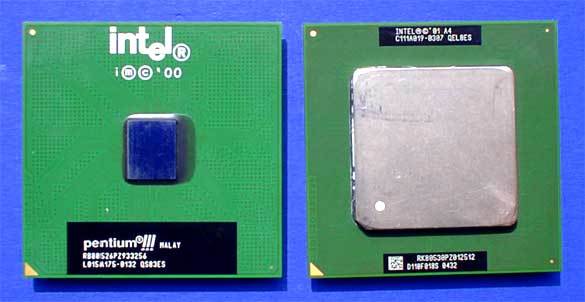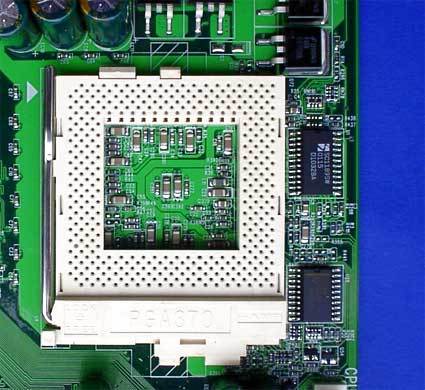Last Passing Maneuver: Tualatin 1266 With 512 kB Versus Athlon And P4
Tualatin - Shadow Boxer
On the left, Coppermine in FCPGA version, on the right, Tualatin in a FCPGA2 housing with a metal integrated heat spreader (IHS).
The Pentium III has been dropped from Intel's marketing campaigns. With renewed confidence, the processor giant is concentrating on Pentium 4. But everyone missed it when the onetime problem child, the 1.13 GHz Pentium III, was completely overhauled. The change in process technology from 0.18 to 0.13 microns not only allows power consumption to be reduced considerably, it also smoothes the way to higher clocking rates.
The old Coppermine core has left the building, while the Pentium III with the Tualatin core has turned up on the market without any great fanfare. There's even something additionally special about it: instead of the usual L2 cache size of 256 kB, variations with 512 kB are now available. Those are the ones that got our attention. We test the Pentium III 1.26 GHz-S with the 512 kB L2 cache and get extraordinarily high performance rates.
From PIII To PIII: Upgrade With Obstacles
Socket 370 on an i815 motherboard for PIII Coppermine or PIII Tualatin.
Just like the old Coppermine, the Pentium III Tualatin fits into a socket 370. No changes are needed from a purely mechanical point of view. Although Intel lists the Tualatin as a "normal" Pentium III on its Web site - after all, it does run with the i815/Solano chipset - the devil is in the details. The truth only emerges when you study the specification updates and white papers: in three important areas, changes are necessary.
Get Tom's Hardware's best news and in-depth reviews, straight to your inbox.


